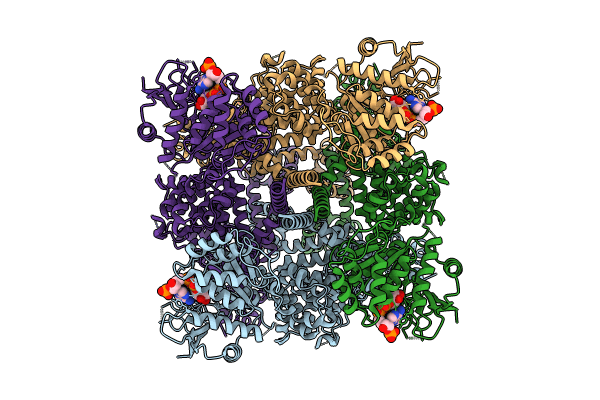
Deposition Date
2024-09-13
Release Date
2024-11-06
Last Version Date
2024-12-18
Entry Detail
PDB ID:
9JJE
Keywords:
Title:
Nematostella vectensis TRPM2 tetramer in complex with ADPRP/Ca2+
Biological Source:
Source Organism:
Nematostella vectensis (Taxon ID: 45351)
Host Organism:
Method Details:
Experimental Method:
Resolution:
2.52 Å
Aggregation State:
PARTICLE
Reconstruction Method:
SINGLE PARTICLE


